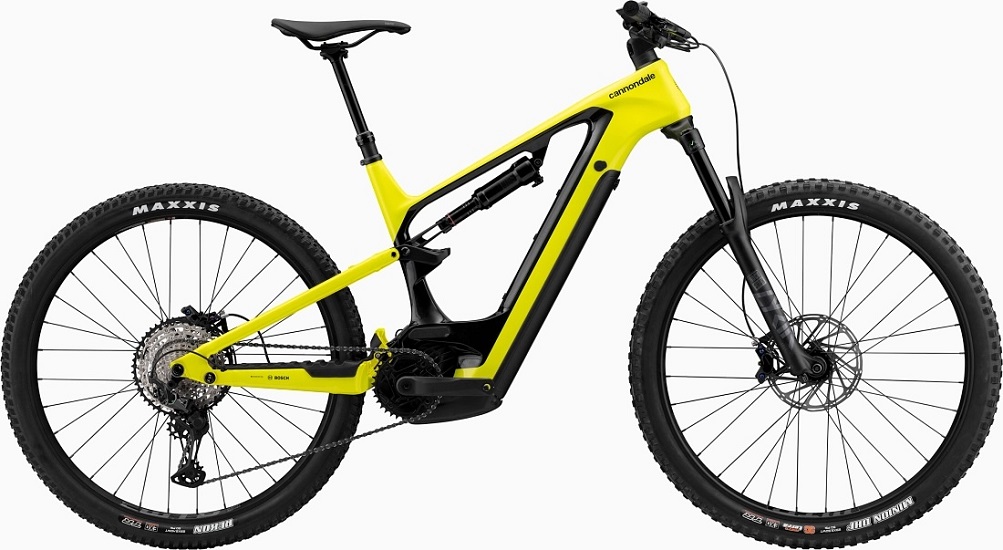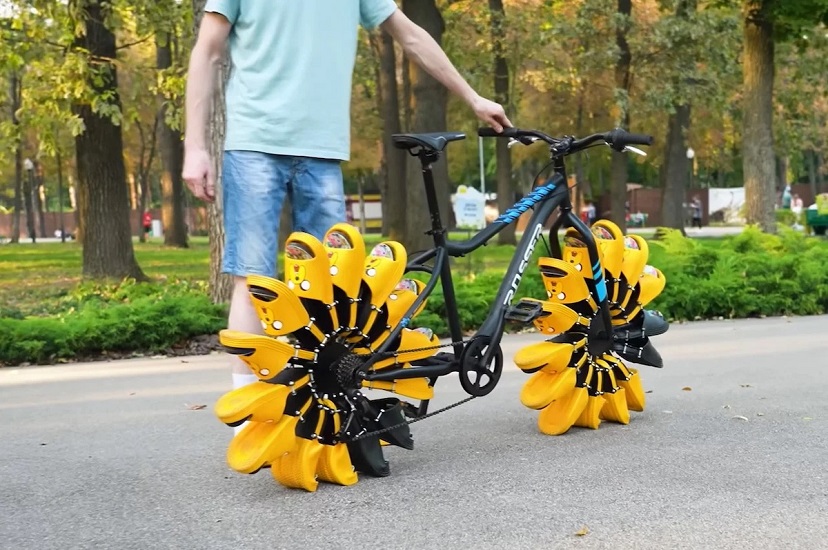
The first thing I want to say about the QuietKat Lynx is that it pedaled well for a moped-style e-bike. If that seems like a left-handed compliment, it’s less so than you might think. Most of the moped-style e-bikes are designed with the throttle in mind and because they usually feature a moped/motorcycle-style box frame (with parallel runs of tubing) plus a wide, bench-style saddle, they don’t tend to be all that easy to pedal. The QuietKat Lynx was distinctly easier to pedal. And while we don’t expect anyone will buy this (or any other moped-style e-bike) for the pedal experience, the fact is, most of us get caught a few miles from home with a dead battery, sooner or later.
With no motor, I was able to pedal the QuietKat Lynx at 9.7 mph. That’s a pretty terrific performance—roughly 50 percent quicker than we’ve seen with some similar designs. Of course, with the motor engaged, the performance improved dramatically.
The QuietKat Lynx can be operated as either a Class 2 or Class 3 e-bike. Set as a Class 2 e-bike, in Eco mode, my speed leapt to 19.2 mph, and then in Trail the speed climbed to 20.3 mph and in Boost it topped out at 20.7 mph.
When set for Class 3 performance, Eco mode took me to 21.5 mph, and then 26.1 mph in Trail and finally in Boost mode it maxed out at 27.9 mph.
Set for Class 2, the different modes result in the different speeds being clumped together in a narrow range, and on flat ground, even soft pedaling will result in plenty of speed.
Because this is a moped-style e-bike, we don’t place much emphasis on the pedaling experience of the rider; we know that most people will use the throttle. The QuietKat Lynx is a little different because we know that it pedals better than most, so I think there’s a good case to be made for QuietKat spacing out the assist levels when the Lynx is set to Class 2 operation. It doesn’t make any sense for Eco mode and Boost mode to differ by 1.5 mph.
The spacing of the modes was certainly better when set for Class 3 riding, but even it could be better. We would suggest bringing both Eco and Trail down by several miles per hour.
As we noted earlier, the QuietKat Lynx is spec’d with a direct-drive motor, something we don’t often see. This hub motor features a two-speed design that shifts gears to allow the motor a wider range of speed. There’s a slight pause, but it wasn’t always perceptible.
And while direct-drive motors are often faulted for not generating great torque, the QuietKat Lynx climbs well and the different assistance levels seemed more differentiated when climbing a hill. As I switched from Eco to Trail to Boost, I felt a noticeable uptick in power.







